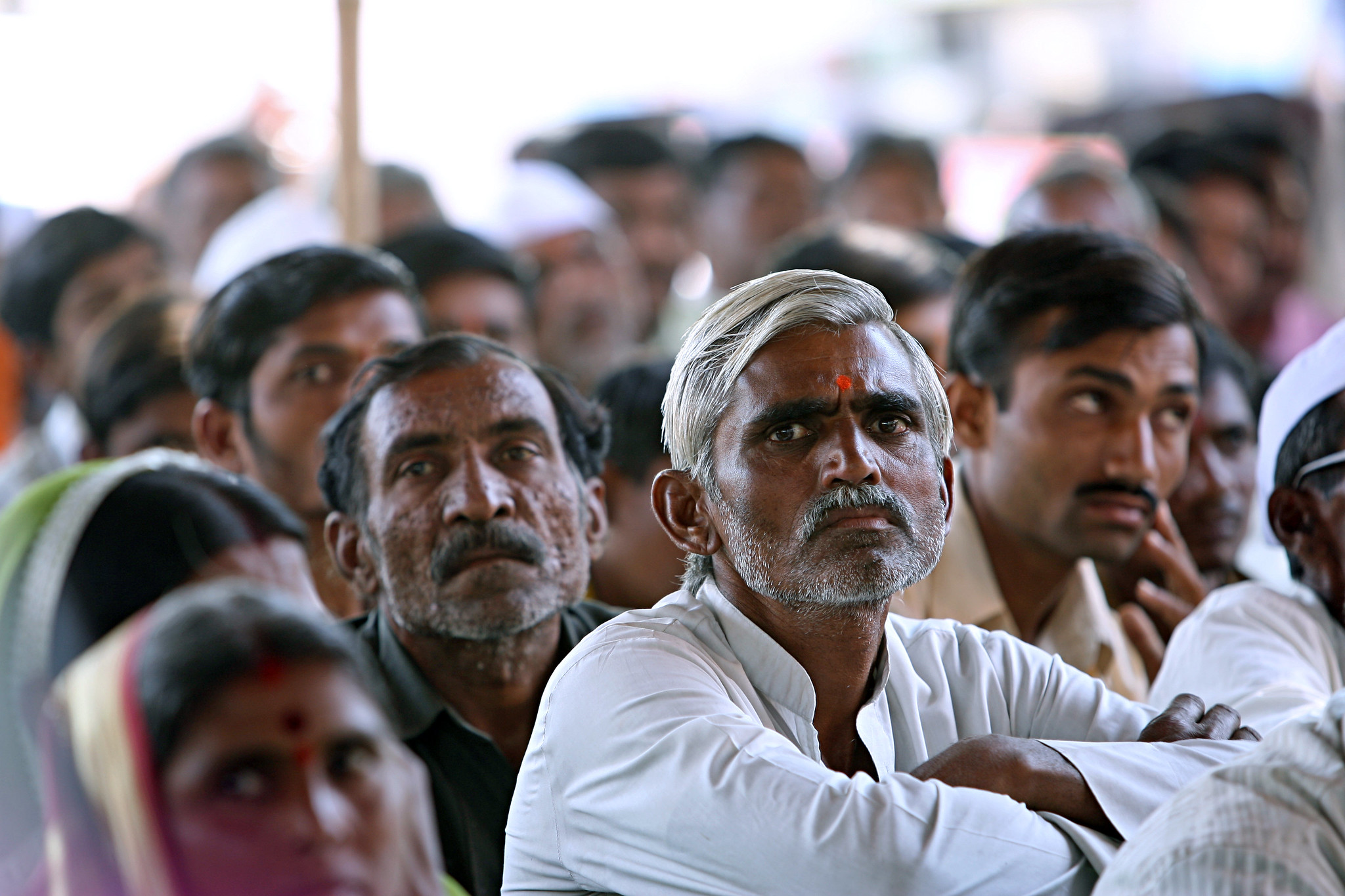Gender disparity in patients enrolled in clinical trials of visceral leishmaniasis: a systematic review and meta-analysis
Gender disparity in patients enrolled in clinical trials of visceral leishmaniasis: a systematic review and meta-analysis
A systematic review and meta-analysis carried out to investigate impact of study design on observed disparity in gender distribution among patients enrolled in clinical trials of antileishmanial therapies.

The systematic review for the identification of studies and data extraction was complete in summer 2020. The work was submitted for peer-review in late 2020 and published in March 2021. Read the manuscript, Gender disparity in cases enrolled in clinical trials of visceral leishmaniasis: A systematic review and meta-analysis.
The review identified 135 published studies (1980–2019) that enrolled 32,177 patients of whom 68.0% [95% CI: 65.9%–70.0%; I2 = 92.6%] were males. There was a regional variation in these estimates: 67.6% [95% CI: 65.5%–69.7%; n = 91 studies; I2 = 90.5%; 24,218 patients] in studies conducted in the Indian sub-continent and 74.1% [95% CI: 68.4%–79.1%; n = 24 studies; I2 = 94.4%; 6,716 patients] in studies from Eastern Africa.
The proportion of male participants was 57.9% [95% CI: 54.2%–61.5%] in studies enrolling children aged <15 years, 78.2% [95% CI: 66.0%–86.9%] in studies that enrolled adults (≥15 years), and 68.1% [95% CI: 65.9%–70.0%] in studies that enrolled patients of all ages.
Decreased proportions of males were found to be enrolled over time: 77.1% [95% CI: 70.2%–82.8%; 1356 patients] of the patients were males in studies published prior to the 1990s whereas 64.3% [95% CI: 60.3%–68.2%; 15,611 patients] in studies published on or after 2010. Concurrently, there was a progressive reduction in mean duration of illness at clinical presentation over time – a metric that possibly indicates improved access to care or awareness or both.
Several clinical trials in VL, generally conducted in an endemic setting, have a higher proportion of male patients enrolled [1–6]. Two major hypotheses have been posited as a potential explanation for these differences: the behavioural hypothesis and the physiological hypothesis [7]. The former posits that higher rate of infections observed among males emerges as a result of higher risk of exposure to the pathogens driven by socially-constructed roles leading to different cultural, environmental, lifestyle behaviours, and access to care. The latter posits that the underlying biological differences between males and females at molecular and cellular level could lead to the sex bias [8,9].
Differentiating if the observed disparity in case load in a clinical trial setting is due to either of these hypothesis remains difficult. However, investigation of the different aspects of the study design and conduct including the drug regimens being tested and study inclusion and exclusion criteria might provide further insights regarding the causes of the observed disparity.
The aim of the research was to investigate the gender distribution of patients enrolled in VL clinical trials. The specific objectives were:
- To quantify the proportion of males enrolled, and
- To investigate if the observed differences in caseloads is explained by study design or patient characteristics.
We searched all the articles indexed in the open access Infectious Diseases Data Observatory (IDDO) visceral leishmaniasis clinical trials library [10]. For this current review, the search includes all clinical trials published between 1980 and 2nd of May 2019. Any clinical trials indexed in the IDDO VL library was eligible for inclusion if the trial reported the number of males or females patients enrolled.
Data on the following aspects of the included studies were extracted: study design, location, publication year, age range of the participants, total number of participants enrolled including the number of male and female patients, inclusion of pregnant and lactating women and women of childbearing age, requirement to undertake pregnancy test, use of contraceptives during treatment and follow-up period, drug regimen tested, inclusion of women of child-bearing age, and inclusion of patients with HIV co-infections. If the exact number of male and female patients were not reported, the information was calculated based on reported percentages.
The proportion of male patients enrolled in the clinical studies were combined using random effects meta-analysis after applying logit transformation and using the inverse variance weighting method. The pooled estimates were presented together with the associated 95% confidence intervals (95% CIs). Sub-group meta-analyses were undertaken to explore potential sources of heterogeneity.
For further information on this research activity, please contact Prabin Dahal (prabin.dahal@iddo.org) or Sauman Singh (sauman.singh@iddo.org).
1. Thakur CP. Epidemiological, clinical and therapeutic features of Bihar kala-azar (including post kala-azar dermal leishmaniasis). Trans. R. Soc. Trop. Med. Hyg. 1984;78:391–8.
2. Thakur CP, Singh RK, Hassan SM, Kumar R, Narain S, Kumar A. Amphotericin B deoxycholate treatment of visceral leishmaniasis with newer modes of administration and precautions: A study of 938 cases. Trans. R. Soc. Trop. Med. Hyg. 1999;93:319–23.
3. Veeken H, Ritmeijer K, Seaman J, Davidson R. A randomized comparison of branded sodium stibogluconate and generic sodium stibogluconate for the treatment of visceral leishmaniasis under field conditions in Sudan. Trop. Med. Int. Heal. 2000;5:312–7.
4. Bhattacharya SK, Sinha PK, Sundar S, Thakur CP, Jha TK, Pandey K, et al. Phase 4 Trial of Miltefosine for the Treatment of Indian Visceral Leishmaniasis. J. Infect. Dis. 2007;196:591–8.
5. Musa AM, Younis B, Fadlalla A, Royce C, Balasegaram M, Wasunna M, et al. Paromomycin for the treatment of visceral leishmaniasis in Sudan: A randomized, open-label, dose-finding study. PLoS Negl. Trop. Dis. 2010;4:4–10.
6. Sinha PK, Jha TK, Thakur CP, Nath D, Mukherjee S, Aditya AK, et al. Phase 4 pharmacovigilance trial of paromomycin injection for the treatment of visceral leishmaniasis in India. J. Trop. Med. 2011;2011.
7. Guerra-Silveira F, Abad-Franch F. Sex Bias in Infectious Disease Epidemiology: Patterns and Processes. PLoS One. 2013;8.
8. Travi BL, Osorio Y, Melby PC, Chandrasekar B, Arteaga L, Saravia NG. Gender is a major determinant of the clinical evolution and immune response in hamsters infected with Leishmania spp. Infect. Immun. 2002;70:2288–96.
9. Snider H, Lezama-Davila C, Alexander J, Satoskar AR. Sex hormones and modulation of immunity against leishmaniasis. Neuroimmunomodulation. 2009;16:106–13.
10. Infectious Diseases Data Observatory. VL Surveyor [Internet]. www.iddo.org. 2020 [cited 2020 Sep 17]. Available from: https://www.iddo.org/vlSurveyor/#0
11. R Core Team. R: A language and environment for statistical computing. R Found. Stat. Comput. Vienna, Austria. 2018.



